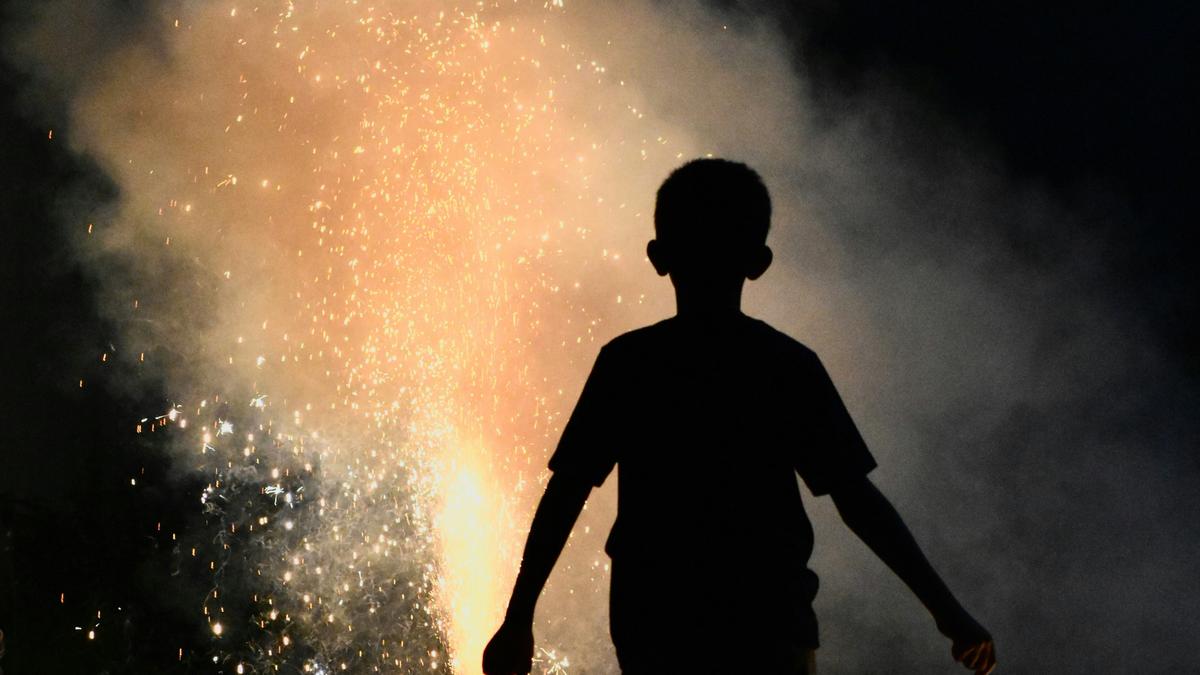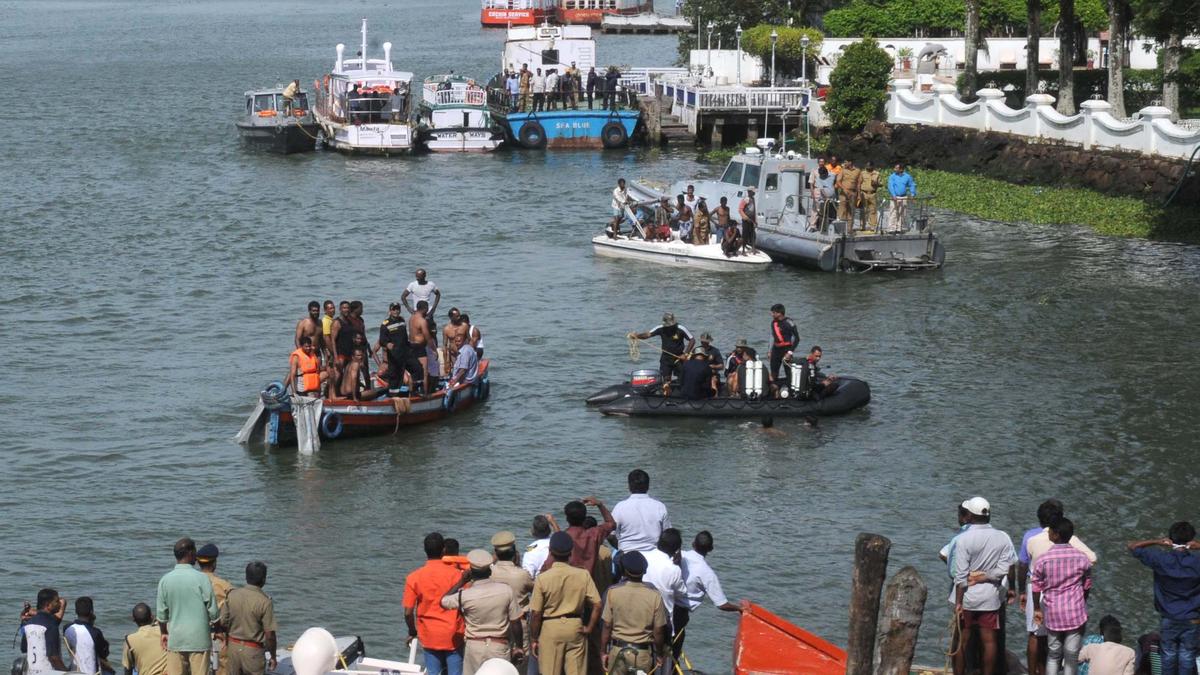
Firecrackers release a variety of harmful substances into the atmosphere.
| Photo Credit: Ganesh Partheeban/Unsplash
The air in a particular place is likely to become more polluted when firecrackers are burst on an overcast day with high humidity. This is due to a combination of the pollutants released by the fireworks and the prevailing weather conditions that trap these pollutants closer to the ground.
Firecrackers release a variety of harmful substances into the atmosphere. These include particulate matter (PM), carbon dioxide, carbon monoxide, nitrogen oxides, and sulphur dioxide. These emissions can combine to create a toxic haze, which significantly reduces air quality and visibility.
Overcast skies typically lead to cooler days and a lower mixing height, which is a layer of the atmosphere where pollutants can disperse. When this height is lower, pollutants are trapped closer to the ground, leading to higher concentrations. Most smog episodes coincide with cloudy skies for this reason.
Higher humidity exacerbates the problem. Water vapour in the air can interact with pollutants to form secondary pollutants. For instance, sulphur dioxide and nitrogen oxides can mix with vapour to create acid rain. High humidity can also lead to fog and haze, which can trap PM and other pollutants and keep them from dispersing.
Published – October 23, 2025 07:00 am IST


